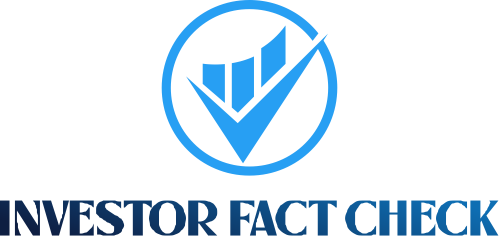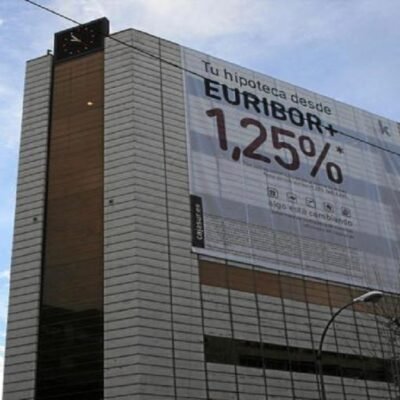Average mortgage rates in June are 62 basis points down on the same period last year and mortgage applications are up 41.7% year-on-year.
The latest Stonebridge Mortgage Market Briefing for June showed that the average loan size has increased by 2.6% year-on-year to £206,345.
Rob Clifford (pictured), chief executive of mortgage and protection network Stonebridge, said that the “modest drop” in mortgage pricing is saving the average borrower £888 annually – a “welcome boost at a time when household budgets remain stretched”.
He continued: “While inflation remains elevated, we believe the Bank of England will cut rates at least once more this year – potentially at the Monetary Policy Committee’s next meeting in August. Any further cuts should feed through into lower mortgage rates in time, which should strengthen affordability and tempt borrowers back to market in greater numbers.
“The green shoots of recovery are already visible, with mortgage applications up nearly 42% in June. That’s a clear sign that buyer confidence is returning. Any further falls in rates could supercharge that momentum, supporting both mortgage lending and housing market activity in the second half of the year.”
Average loan to value ratios (LTV) dipped to 58.8% in June, but is broadly in line with recent months, showing more stability in the market.

How to get your first-time buyer clients mortgage ready
Sponsored by Halifax Intermediaries
Clifford said that this could rise in the coming months as “affordability pressures ease and borrowing capacity grows – particularly among first-time buyers”.
“Several major high street banks have relaxed their stress testing rules in recent weeks, making it easier for borrowers to access larger loans. Combined with gently falling mortgage rates, this is gradually improving affordability and giving more buyers room to manoeuvre.
“With lenders currently competing hard for business, we expect to see keener pricing across the market – including for those with smaller deposits. As confidence builds and more would-be buyers gain access to higher loan amounts, a gradual rise in LTV ratios looks increasingly likely – though still within the bounds of prudent lending,” he explained.
Fixed rates continue to be the dominant choice
Stonebridge continued that fixed rates were still the dominant choice, with 95.1% of new borrowers opting for these products in June, while 4.9% of new borrowers chose a variable rate. Both of these are in line with prior-year figures.
Clifford said that even though markets expect at least one more base rate cut this year, the “path ahead is anything but clear”. With sticky inflation and global uncertainty clouding the outlook, many borrowers are tuning out the noise and locking in peace of mind.
“While tracker rates are once again cheaper than fixed deals, on average, the gap isn’t wide enough to tempt most people into gambling on short-term gains. With the outlook for rates remaining uncertain, the reassurance of a fixed monthly payment is proving far more valuable than a small potential saving.”
The data also shows that around two thirds of borrowers, 63.5%, were opting for short-term fixed rates of three years or less. This is a rise from 59.7% last year.
The proportion of people taking fixed rate products of three years or more has also gone down slightly.
The sale of five-year-plus deals has gone from 25.6% to 24.3%, while four to five-year deals have decreased from 11.8% to 10.2%, while three to four-year deals have contracted by 2.9% to 2%.
“This shift suggests growing caution about locking in for too long. With five-year fixes slipping slightly in popularity, it’s clear some borrowers fear being stuck overpaying if rates fall further.
“In a market still shaped by uncertainty, borrowers are looking for flexibility. Shorter-term deals offer a middle ground – the security of a fixed rate, without the long-term commitment. In other words, the hope of cheaper borrowing ahead is keeping many borrowers from fixing for the long haul,” Clifford explained.
Purchase lending drop is ‘hangover rather than a warning sign’
The report continued that around 40.9% of mortgages were for purchase, with 59.1% being for remortgage. This compares to 50.1% purchase figures and 49.9% remortgage in the same period last year.
Clifford said that the drop in purchases was “more of a hangover than a warning sign” and is likely due to stamp duty changes in April, which led to some accelerating their purchases.
“This isn’t a sign that momentum in the purchase market is fading. On the contrary, it looks like a short-term dip after a front-loaded spring. With inflation easing and mortgage rates gradually edging down, the conditions for a rebound are falling into place, especially if the Bank of England cuts rates in August or later this year.
“Buyer confidence is quietly building and the fundamentals are moving in the right direction. If rates continue to soften, the signs suggest we could see a strong resurgence in demand over the summer and into the autumn, as buyers re-enter the market with renewed optimism,” he noted.
Interest-only borrowing rises
Borrowers choosing interest-only in June came to 18.7%, up from 17.5% last year.
This could reflect higher mortgage rate pressure as interest-only could offer a way to manage monthly costs and offer short-term breathing space, Clifford said.
“The Mortgage Charter has helped raise awareness of the flexible options available, but it’s important to remember that interest-only borrowing remains subject to strict affordability checks and repayment planning requirements. This isn’t a return to risky lending.
“Interest-only remains a relatively niche part of the market, but the recent uptick suggests that more borrowers are looking for solutions that keep them on track financially. As market conditions improve, we expect interest-only’s share of the market to decline,” he explained.





